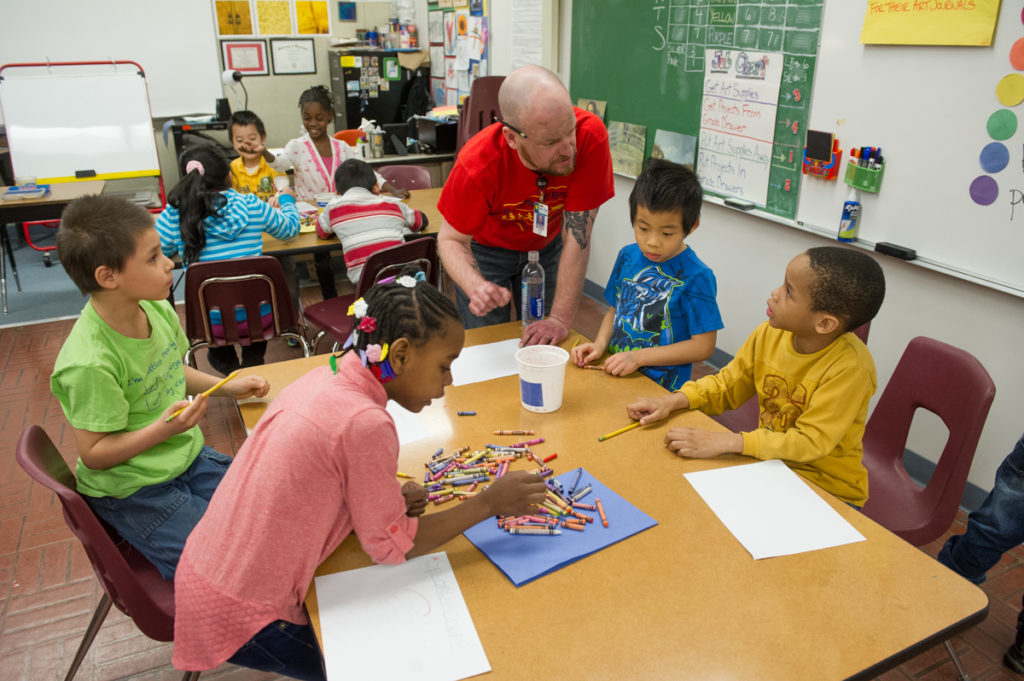
How do you refer to the students in your class when addressing them? At first glance, this may seem like a trivial issue; but consider how many times throughout the day we speak to students to get their attention. The patterns we establish for naming our class repeat themselves over and over all year long, so getting ourselves into the right habits—naming our class in ways that shape positive identity—can have a profound impact on how students see themselves, which will in turn impact how they work, learn, and respond to us and to each other.
Here’s a summary of commonly used names along with a few you might like to try instead.
| Avoid | Why? |
| “Boys and girls” | Is gender the most important characteristic of our students? Do we want to emphasize gender? |
| “Ms. Petersen’s Class” | This emphasizes the teacher as the defining feature of the class. It also sounds as if the students belong to the teacher. |
| “Little Duckies,” “Kiddies,” “Peanuts,” etc. | Any name that sounds cutesy or makes students sound like pets may be off-putting and feel disrespectful. |
| Instead, Try | Why? |
| “First graders” | Straightforward and descriptive, this is an easy substitute for “boys and girls.” |
| “Scientists,” “Readers,” “Mathematicians,” etc. | Used when teaching a particular content area, these names all imply that students are engaged in meaningful work. |
| “Magicians,” “Team Thinkers” | Consider having your class brainstorm and choose a class name that can be used throughout the year. |
Any time’s a good time to make the switch to a more positive name, but several weeks into the new school year is ideal. Academic routines are probably pretty well established, the class is coming together as a learning community, and students are ready for more complexity, responsibility, and independence. A new name is a great way to recognize what they’ve already accomplished and to convey your confidence in all that they’ll learn in the year ahead.
Mike Anderson wrote the third, fourth, and fifth grade books in the What Every Teacher Needs to Know K–5 Series.